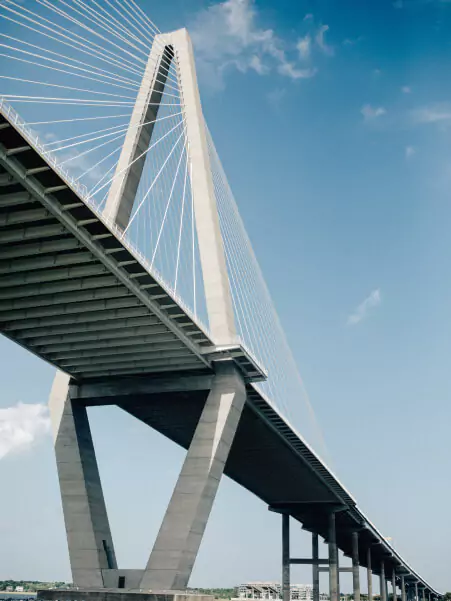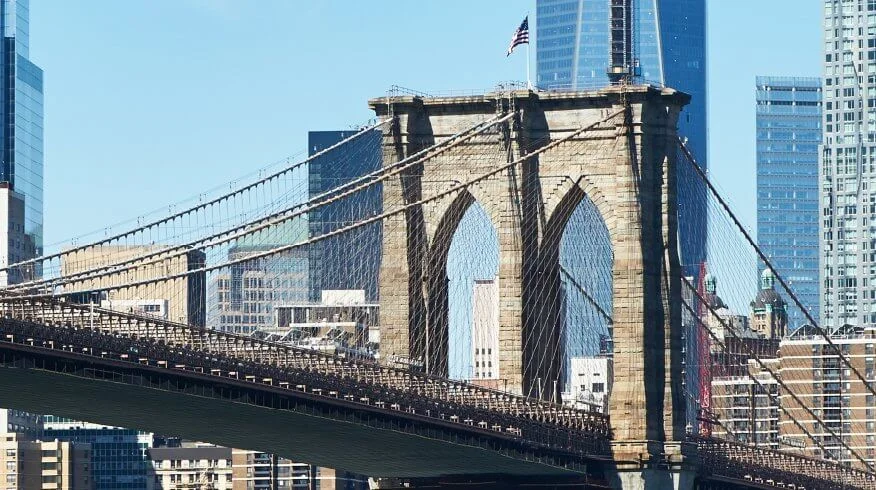- Construction Quality Assurance
- Special & Critical Inspections
- Geotechnical Inspection
- Soils Inspection
- Asphalt Inspection
- Concrete Inspection
- Masonry Inspection
- Welding, Bolting, NDT & Coatings Inspection
- Structural Integrity Inspection
- Passive Fire Code Inspections
- Mechanical, Electrical & Plumbing Inspections
- Electrical Inspections
- Architectural and General Building Construction Inspections
- Progress Inspections
- Non-Destructive Testing
- Specialty Field Testing
- Construction Materials Testing
- Special & Critical Inspections
- Construction Inspection Management
Construction inspection management encompasses the coordination, supervision, and oversight of construction activities, ensuring that they align with approved plans, regulations, and industry best practices.
View More

- Metallurgical Testing



























